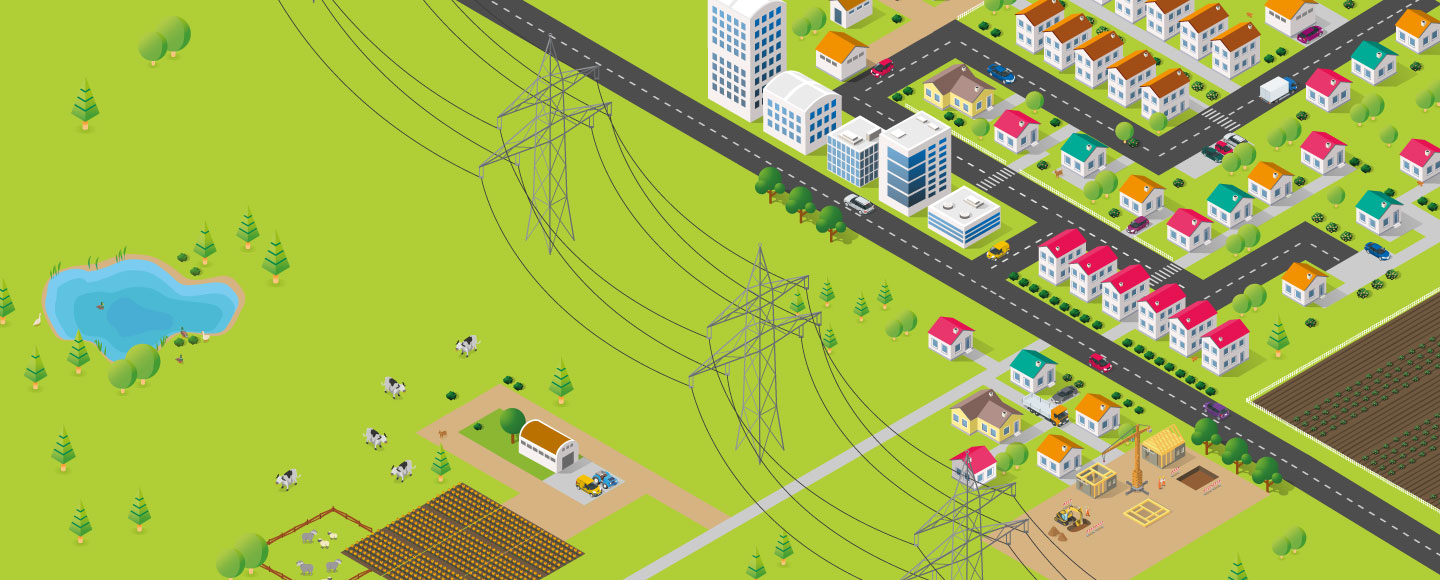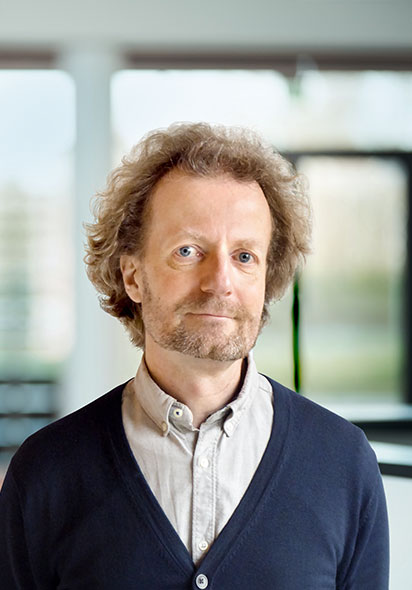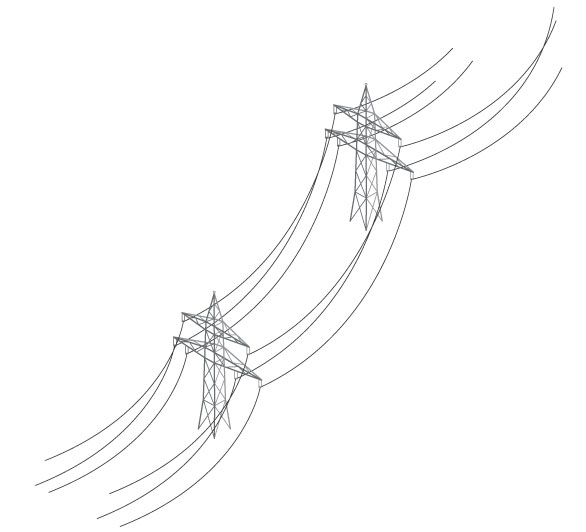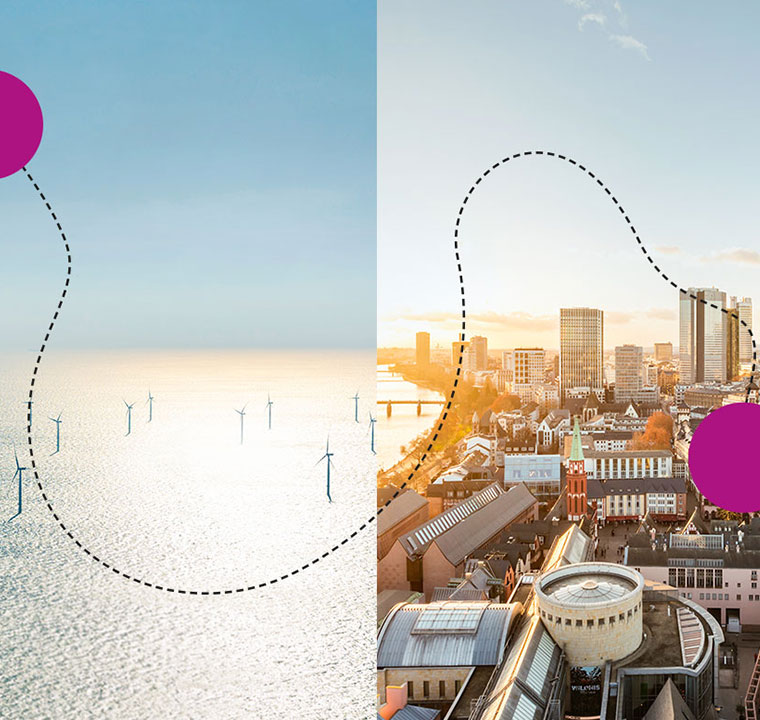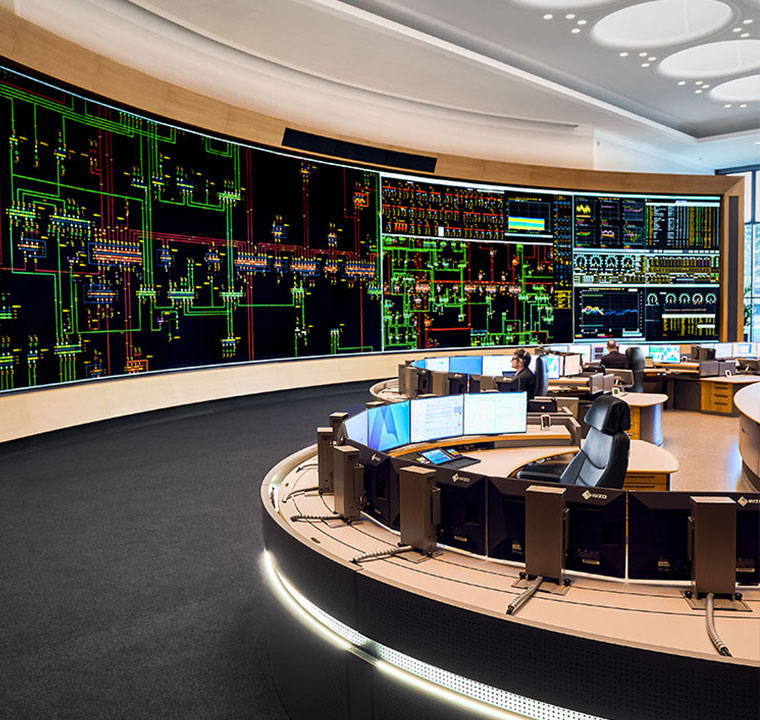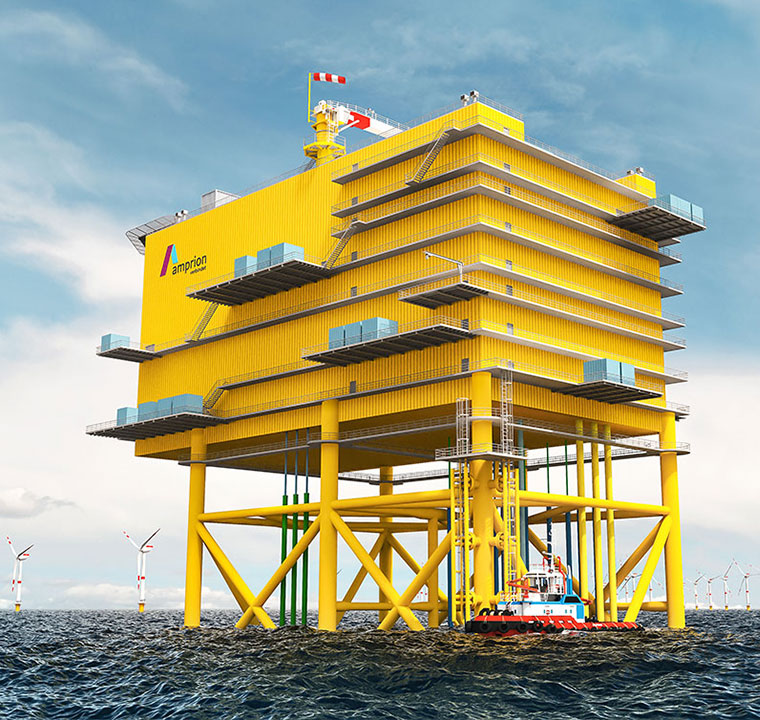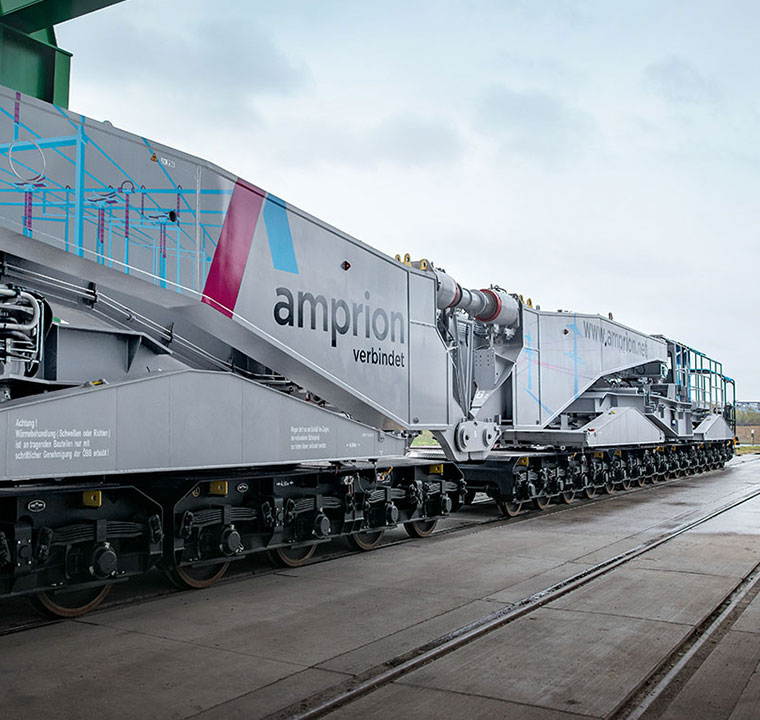Lack of space
Amprion is expanding the power grid so that renewable energies reach the people. But space for new lines and facilities, such as substations, is at a premium. Suitable sites are a scarce commodity. Urban developer Tim Tröger and communications expert Katrin Schirrmacher are in agreement: this makes it all the more important to communicate with the people on the ground.
